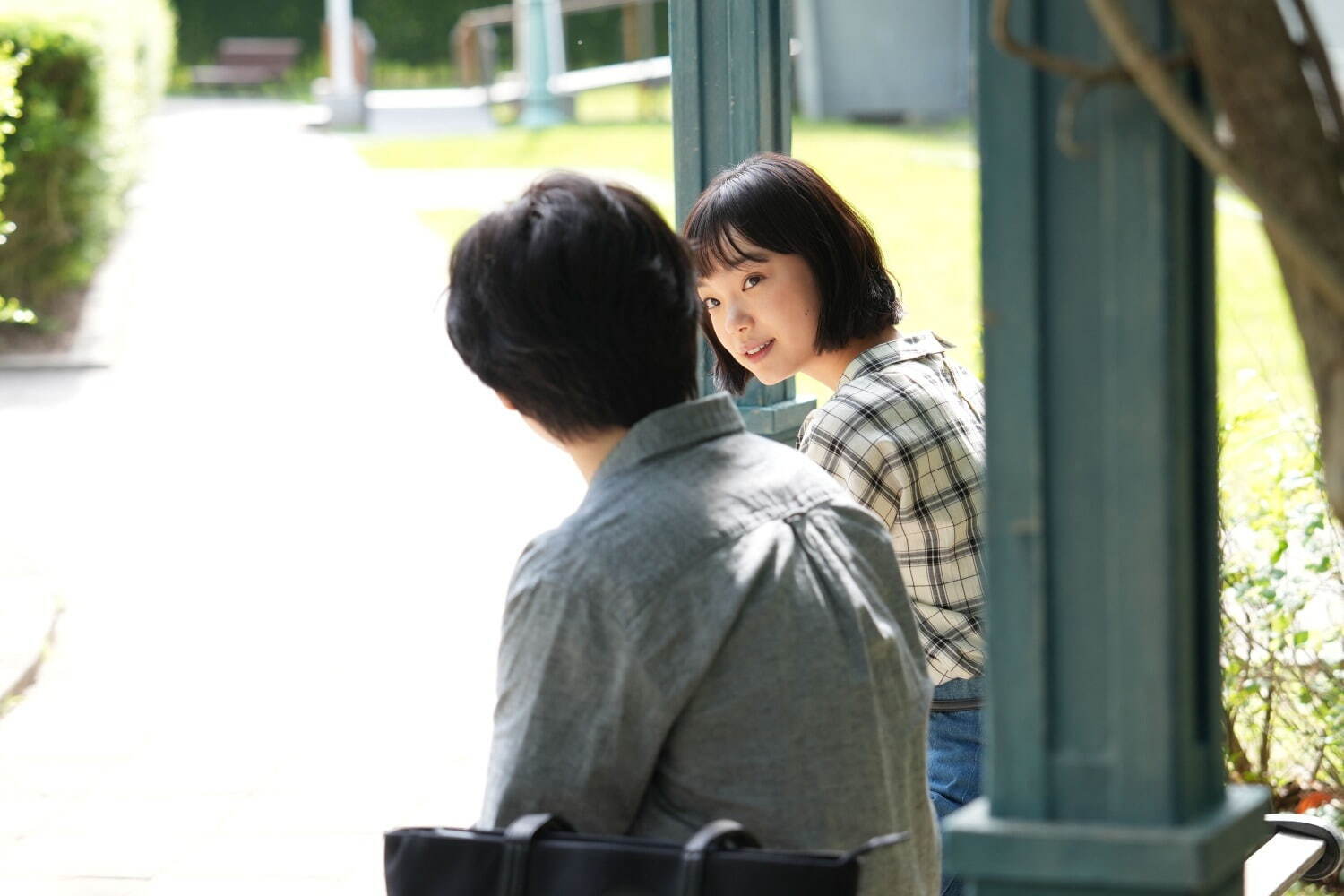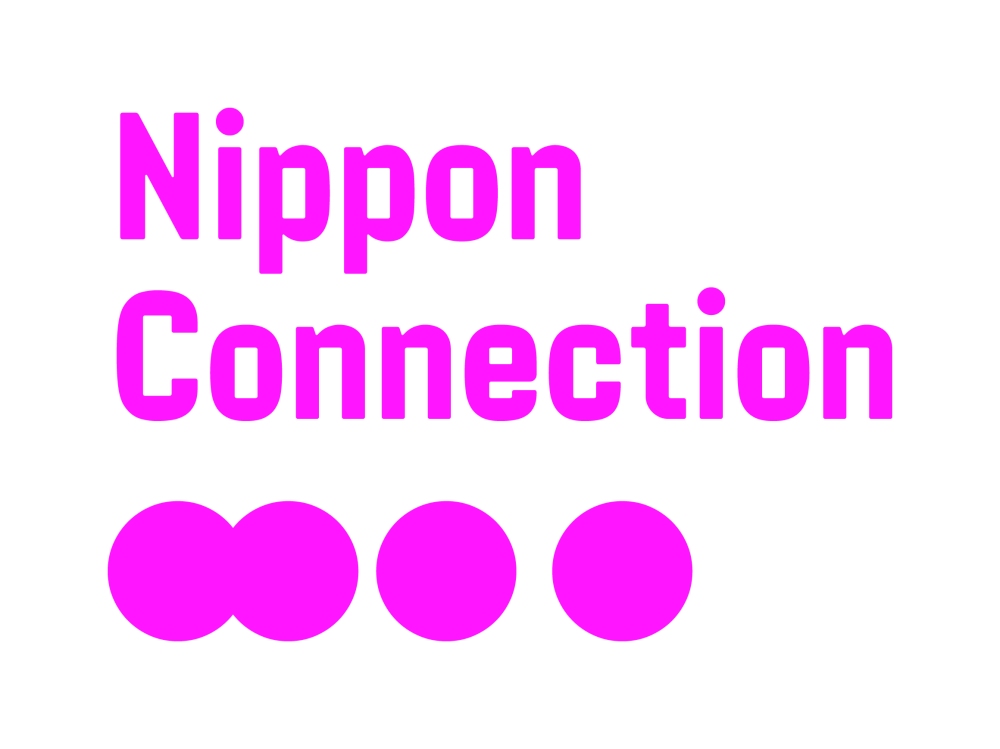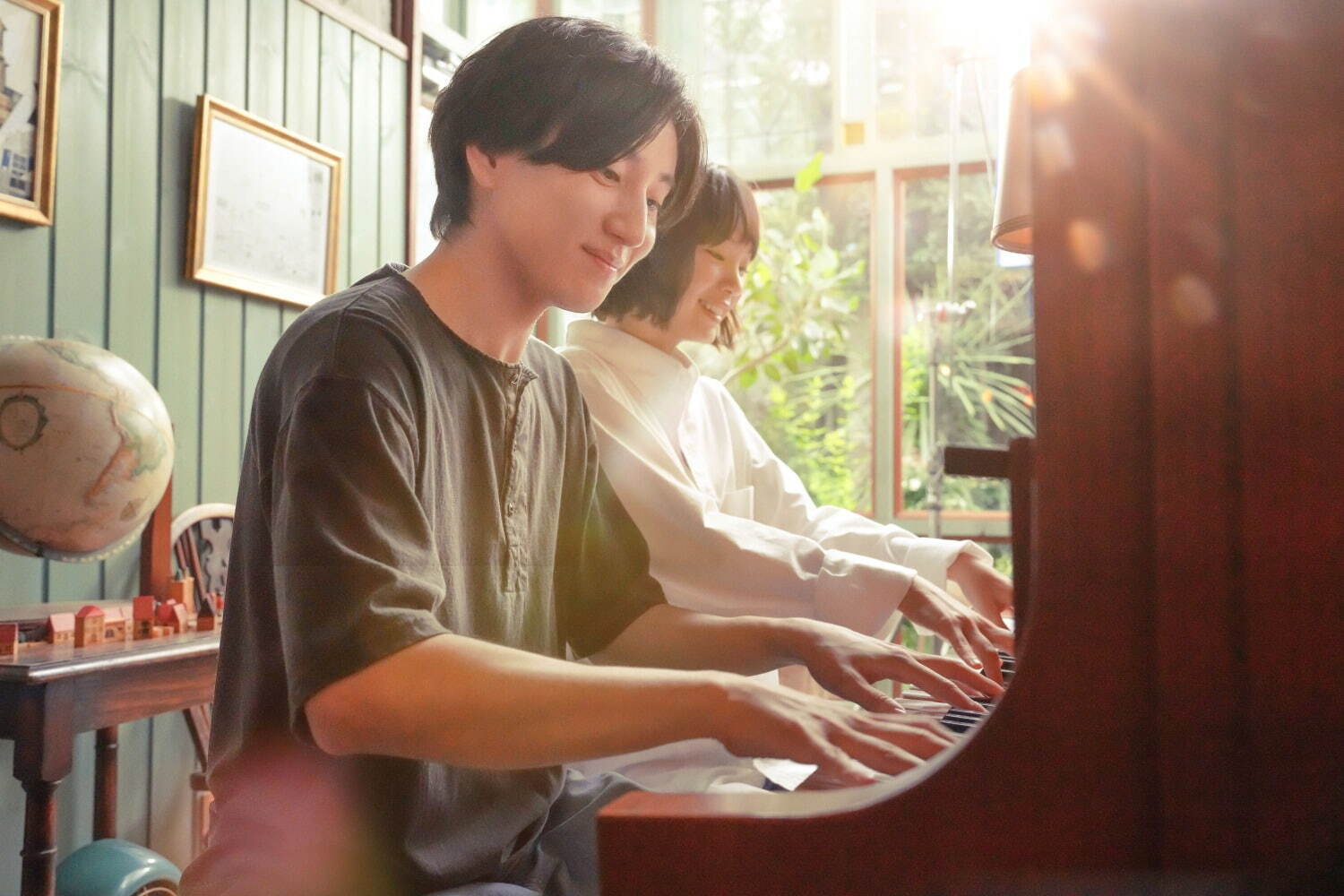Japanese cinemagoers love extremely predictable melodramatic tearjerkers. Again and again, the narrative ‘twist’ of the death of one of the lovers is utilized to make the spectator fleetingly believe that the impossible sexual relationship could have been written. The untimely death of one’s beloved limits the unfolding of the romance to the phase of being intoxicated by each other’s idealized image and allows the spectator to enjoy the radically fictive possibility of a harmonious sexual relationship.
The challenge for the filmmaker crafting romance narratives is to approach this narrative dynamic in a fresh way and avoid exploiting it in a forced way, twisting the spectator’s arm to force his tears. Some directors, like Michihito Fujii, succeed in creating refreshing and emotionally touching romance narratives, others like Hayato Kawai, struggle to give their romance narrative an engaging emotional flow. So, why does Secret: A Hidden Score struggle to engage the spectator? Why does the romance between Minato Higuchi (Taiga Kyomoto), a junior in the piano department, and Yukino Naito (Kotone Furukawa) fail to touch the spectator?

Spectators might assume that Secret: A Hidden Score’s struggle is partially caused by the vagueness surrounding the thematical direction of the narrative. Does Kawai want to deliver a mysterious romance narrative or a dramatic exploration of the traumatic origins of a subject’s refusal of the very passion that gave his life meaning? Yet, as other narratives prove that the intermingling of genres can be fruitful and a play with thematical vagueness can effectively create engaging experiences, the source of Kawai’s narrative’s struggle to grasp the spectator’s attention should be sought elsewhere.
In our view, it is not so much the initial vagueness or the interweaving of genres that is problematic, but the performance of the lead, Taiga Kyomoto. Rather than exhale a cool aloofness, he exudes an off-putting disinterest in the other, which short-circuits the ‘genuine’ feel of any emotion he tries to express. The spectator might be able to understand his acts and signifiers, yet cannot feel the imagined subject that animates his character.
Kyomoto’s performance, which Kawai cannot counter-act with his visual composition, is even more problematic because its sabotages Kotone Furukawa’s performance. While Kotone succeeds in bringing the playful and mysterious dimension of her character convincingly to life, Kyomoto, with whom she has little chemistry, fails to function as a ‘harmonizer’ that reverberates and corroborates the genuine quality of her character’s emotions. Instead of a melody of romance, we are forced to watch a discordant clashing of performances that do not rhyme well together.

Spectators who do not give up on this romance narrative will, ultimately, be subjected to a strangely effective narrative twist. This twist does not only elegantly resolve the mystery that surrounds Yukino Naito, but also shifts the focus on Furukawa’s character. As Kyomoto becomes merely a shadowy presence in the background, Secret: A Hidden Score starts to breathe emotionally and becomes able to emotionally affect the spectator somewhat.
While the romance of Secret: A Hidden Score does not really work, the piano sequences (e.g. the piano battle, Minato and Yukino playing piano together, …etc.) cannot but impress and please the spectator. Strange as it may seem after our harsh critique of Kyomoto’s acting performance, the most emotionally impressive scene of Secret: A Hidden Score is when his character, haunted by the loss of Yukino and driven by the desire to meet her again, plays the piano in the old school building. This is, however, the only moment within the narrative that Kyomoto succeeds in convincing the spectator of the emotions that animate his character Minato.
The composition of Secret: A Hidden Score offers a standard combination of static moments and subtle dynamism. Rather than utilizing the camera as an expressive tool, Kawai contends himself with using it as a straight-forward grammatical tool to visually formulate his narrative. The visual fabric of Secret: A Hidden Score boasts a somewhat darkish lightning-design and a subtle subdued colour-palette. While this artistic choice elevates the spectator’s pleasure, it does not solve inept performance of Kyomoto.
While the sound-track of Secret: A Hidden Score is quite decent, the spectator will be disappointed to realize that piano pieces are under-utilized in a non-diegetically manner. The narrative, which resolves entirely about the beauty of crafting emotion by touching the keys of the piano, could have exploited the rich variety of emotionally moving piano-pieces made throughout the ages to support the narrative’s unfolding, but settles for classical pieces that clash with the narrative’s themes.
Secret: A Hidden Score offers a great example of a narrative that, while bringing interesting twists to the table, falters emotionally because the main actor cannot bring the emotional flow of the narrative to life. Spectators who like piano music and pianists might find something to enjoy, but those spectators who value their time should not hesitate to skip this one.
Notes
Narra-note 1: Secret: A Hidden Score also offers some more light-hearted sequences. These moments of comic-relief are always function of the characters Tanahashi (Ryota Miura) and Hirose (Ryotaro Sakaguchi).


